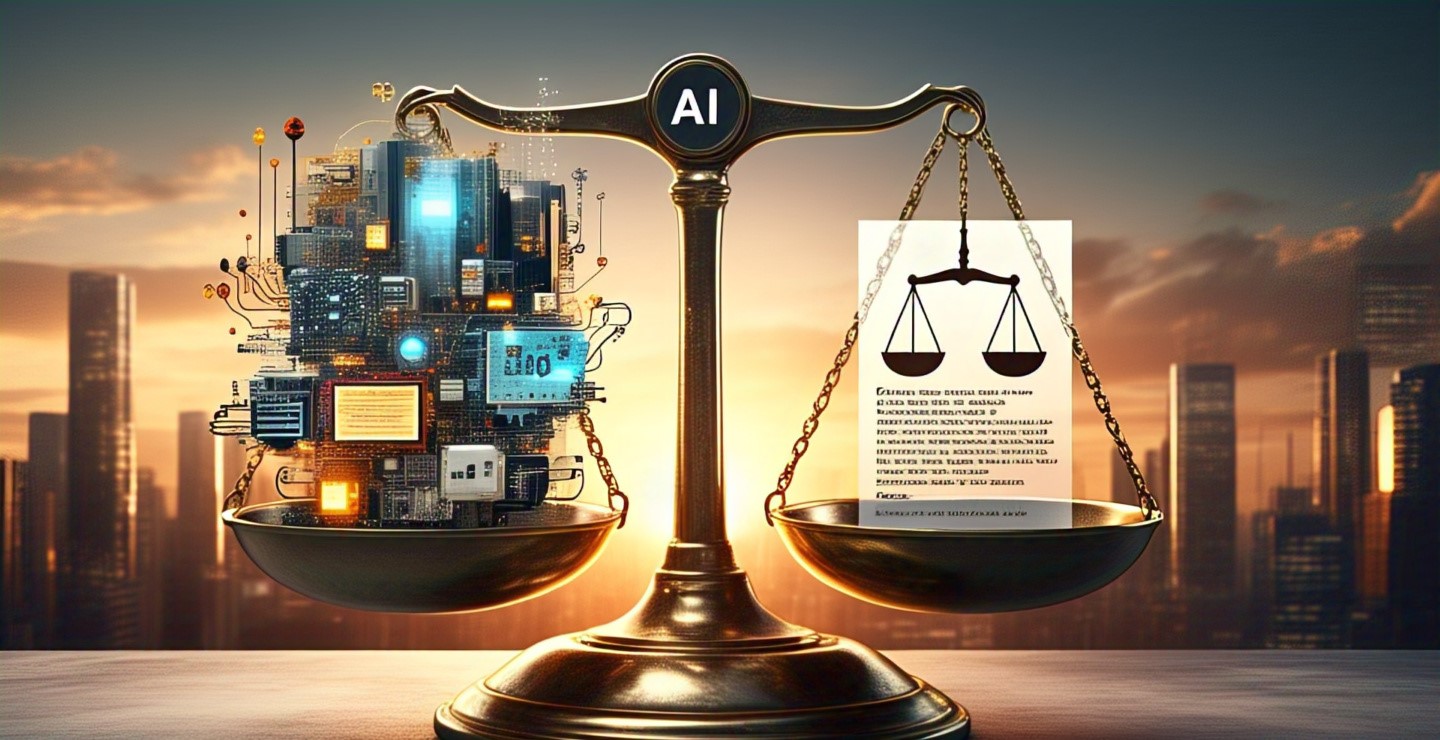How Machine Learning is Transforming Customer Service in 2025
In 2025, customer service is no longer just about answering questions and resolving complaints—it’s about creating seamless, personalized experiences. Thanks to the rapid advancement of machine learning (ML), businesses are rethinking how they interact with customers. From chatbots that understand natural language to predictive analytics that anticipate needs, machine learning is completely reshaping the customer service landscape.
From Reactive to Proactive Support
Traditionally, customer service has been reactive—waiting for customers to reach out when they encounter a problem. Machine learning is flipping that script. By analyzing customer behavior, purchase history, and interaction patterns, ML models can now predict issues before they occur and offer solutions proactively.
For example, a software company might detect that a user is struggling with a feature based on their usage patterns. The system can then trigger a helpful tutorial or connect the user with support—before they even think to ask for help.
Smarter Chatbots with Real Conversations
The chatbots of 2025 are a far cry from the clunky, frustrating bots of the past. Powered by sophisticated machine learning algorithms and natural language processing (NLP), modern chatbots can understand context, detect sentiment, and carry on more human-like conversations.
These AI-powered assistants are available 24/7, can handle thousands of queries at once, and continuously learn from interactions to improve their responses. For many companies, chatbots have become the first line of support, handling routine inquiries and freeing human agents to tackle more complex issues.
Personalized Customer Experiences
One of the most valuable contributions of machine learning to customer service is personalization. By analyzing vast amounts of customer data, ML systems can tailor responses, recommend products, and suggest solutions that are uniquely suited to each individual.
Imagine calling a service center and having the agent instantly know your history, preferences, and past concerns. With machine learning, this level of personalization is no longer a dream—it’s the standard. It not only improves customer satisfaction but also boosts loyalty and retention.
Predictive Analytics for Better Decision-Making
Machine learning enables companies to use predictive analytics to forecast trends and customer behavior. This insight helps businesses make smarter decisions about staffing, product development, and marketing strategies.
For customer service teams, predictive tools can identify peak times for inquiries, recommend the best support channels for different types of customers, and even forecast potential churn—giving businesses the opportunity to intervene early and retain valuable clients.
Empowering Human Agents
Rather than replacing human customer service representatives, machine learning empowers them. Intelligent tools provide agents with real-time suggestions, highlight relevant customer information, and even draft response templates to speed up communication.
This kind of support helps agents respond faster, more accurately, and with greater empathy. In short, it makes them better at their jobs—and makes the customer experience smoother and more satisfying.
Final Thoughts
As we move further into 2025, it’s clear that machine learning is not just a tool—it’s a game-changer for customer service. It enables companies to be more proactive, responsive, and attuned to customer needs than ever before.
By combining advanced technology with a human touch, businesses are building stronger, more meaningful relationships with their customers. In this new era, machine learning doesn’t just transform service—it redefines what great customer support looks like.







Post Comment